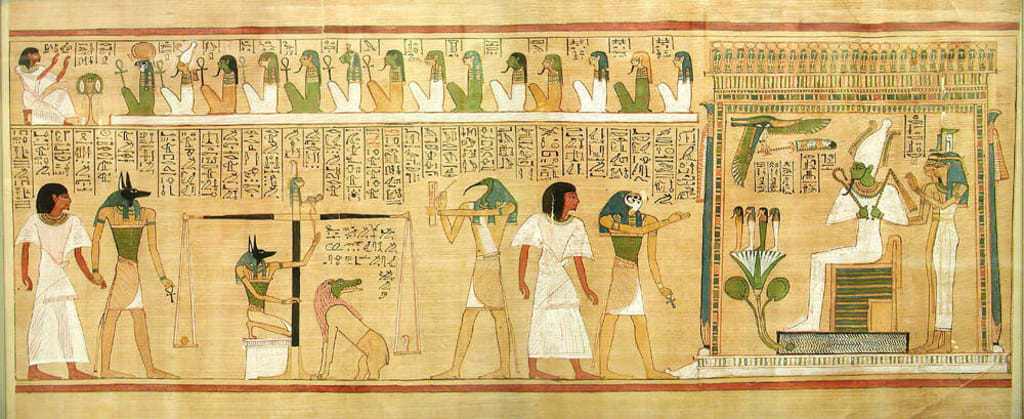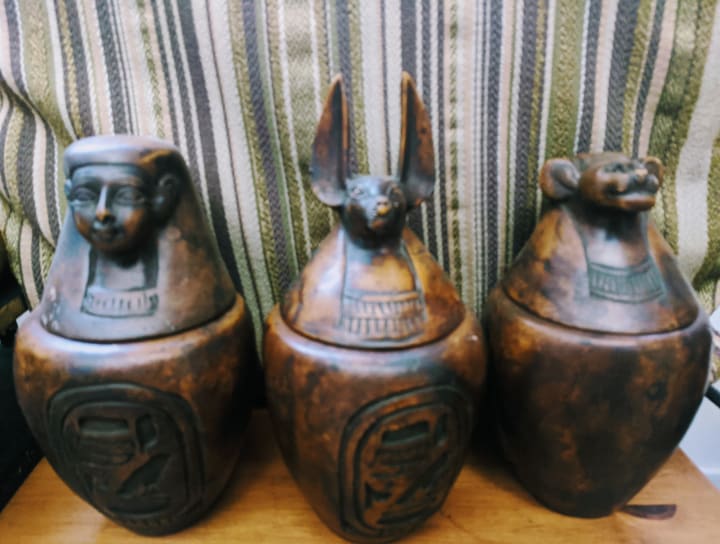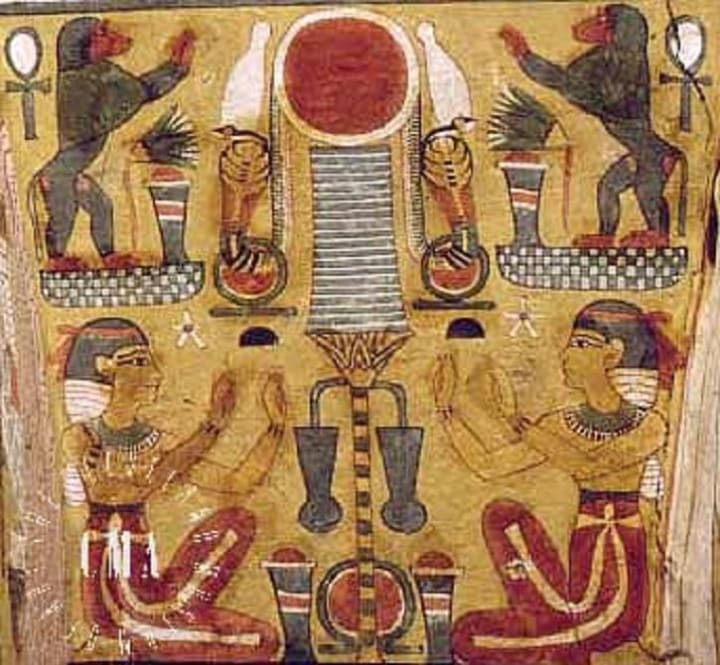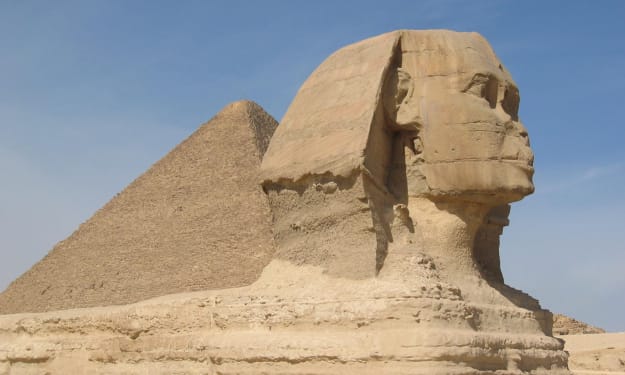
Ghosts are integral parts of mythology in ancient Egypt, so naturally the bedtime stories I was told as a child were full of apparitions. I kept that family tradition with my first born, which in retrospect might not have been the best practice.
Ancient Egyptians believed ghosts could be good or evil. At the end of the week, Egyptians visited their dead and brought offerings to their graves. Come to think of it, they still do. Nowadays, families still visit the cemetery. They take alms to the poor to bring blessings on the souls of the deceased. In ancient Egypt, they believed they could dine with their dead and they held an annual festival where they left offerings in the tomb chapels. They even sometimes wrote letters to the dead to seek their help and counsel.

Gary Shaw explains in his book The Egyptian Myths the different types of ghosts:
Akh (Blessed Dead, Spirit), is remarkably similar to our version of good and friendly ghosts. They successfully passed judgment by Osiris and lived in Paradise as a joyful spirit.
Akhu were more restless and had powers. They were able to roam our plane of existence and haunt relatives. People sought their help against enemies. Akhu caused troubles if angered; they would sometimes cause nightmares in those they haunted.
Mut (Unjustified Dead, The Damned) were spirits who did not receive proper funerary rites, or failed to pass the judgment of Osiris for some reason. They were able to haunt, cause illnesses and snatch children (If this doesn’t remind you of a red door and trapped souls, watch the movie Insidious.)
Here are samples of Egyptian ghost stories:
The Tale of Khonsemhab

Khonsemhab, the high priest of Amun, was visited by a spirit of a lieutenant in the army named Nebusemekh. The spirit complained about the deteriorating conditions of his tomb. He believed that no one knew the location of his burial because he hadn't received any offerings.
The priest promised to send five servants with daily offerings to sooth the hungry spirit, but Nebusemekh was not consoled by the offer. He demanded to get a new burial since, after all, he was an officer. The ghost in this story was more distressed than angry and was simply seeking the assistance of the priest.
The story has a happy ending. The priest sent a search party to find the lost tomb and Nebusemekh got his wish for a new home. If you want to read more about Khonsemhab's tale, look up professor Joshua Mark's detailed report.
The Tale of Petese

The prophet Petese, son of Petetum, was one of the most famous ghost stories written in Demotic script (that’s cursive hieroglyphs - if we write anything in cursive now it would be lost to today's generation).
Petese was a priest of Amun and sought the help of a ghost to cure him from his illness. The encounter with the ghost is lighthearted at first, but when Petese asked the ghost how long he had before he died, the story turned dark. The ghost refused to answer him. Petese casted a spell on the ghost to compel him to answer. He even attempted to use the ghost as an emissary to Osiris. The ghost finally told him that he only had 40 days to live. Can you imagine if we get an expiration alert like that? Well, we would probably ignore it just like a 'check engine' light.
Petese learned that this death sentence was a punishment for stealing gold and silver from the temple of Isis. He returned home and shared the news with his wife and, in his grief, made love with her.

He spent the first five days making sure his funeral arrangements would be paid. Egyptologist Kim Ryholt mentions how Petese coerced the temple to pay 500 pieces of silver for his funeral (was this the first recorded embezzlement in history? Makes my Egyptian heart proud!).
With 35 days left, he created magical beings (wax baboons and avatars of the sun god). He gave them the task to write 35 tales of virtues and 35 tales of vices. Petese left the literary legacy he wanted. One of his stories, Pheros, was translated in Greek by Herodotus, which made the story famous.
The end of Petese story remains mostly unknown, but Shaw suggests that after Petese’s wife made an offering to the sun god Ra, who spoke to her in Petese’ voice. Petese was resurrected and reunited with his wife. Although this ending is a mere suggestion, I tend to agree with it. Who doesn’t love a happy ending?
If you enjoyed this story, see my other articles about ancient Egypt. Show your support by sharing or leaving a tip.
About the Creator
Asiya
Asiya is my Sufi name given to me by Sherif Papa, my spiritual guide. I was born in Cairo, Egypt. I am a spoken word poet. I love writing short stories. Feel free to email






Comments
There are no comments for this story
Be the first to respond and start the conversation.